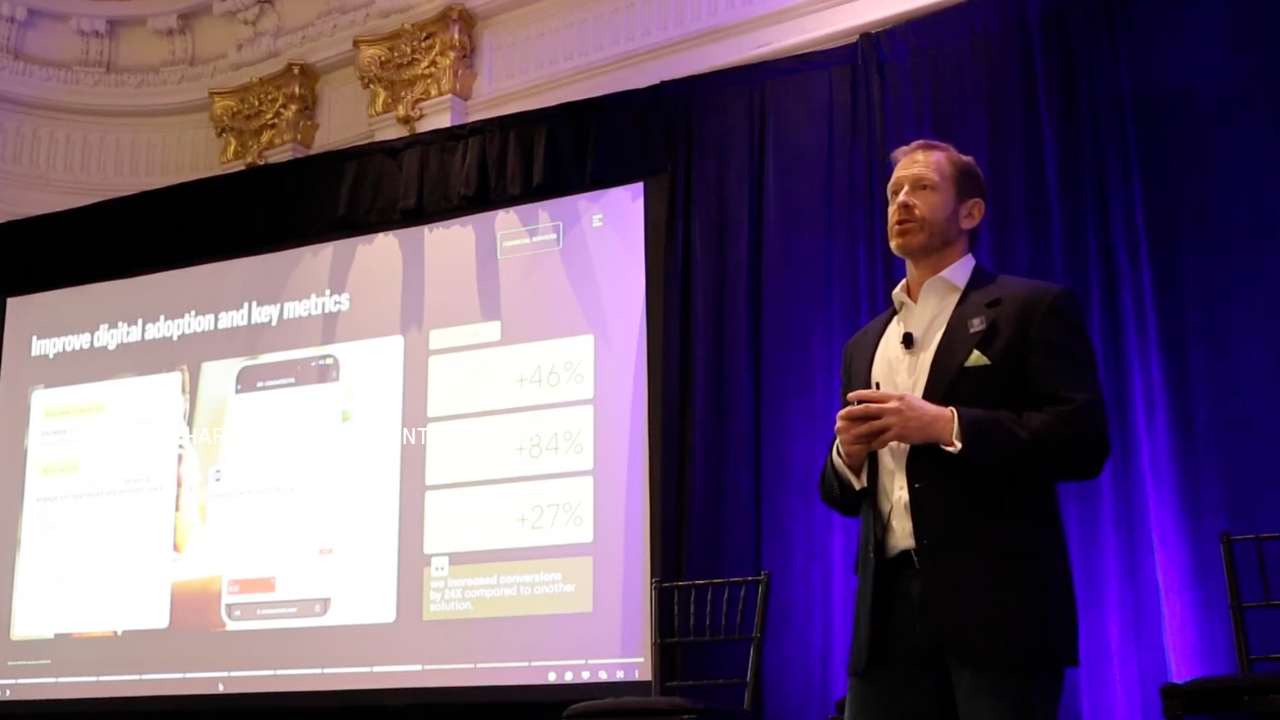Developing a strong understanding of who your customers are is always a priority for any marketing professional. Having this knowledge is essential in ensuring your campaigns are relevant and targeted at the right audiences. This leads to a higher return on investment and greater profitability for the business as a whole.
To achieve this, there are many common techniques professionals can utilize. These range from the explicit, such as customer surveys that ask respondents directly what they think, to more passive activities like social listening, which can offer insight into their interests.
But these only give you half the story. Often, you can learn a lot more from what customers aren’t doing than what they are. But can you actually determine this? You’ll need the right data analytics technology, such as an advanced AI Customer Intelligence platform.
Reading between the lines
One essential way in which you can read between the lines of your interactions to uncover hidden insight is to go beyond a reliance on tools such as customer relationship management software. This can be particularly important for businesses in sectors such as retail and telecommunications, where brands will often have huge amounts of additional information available – provided they have the tools to access it.
For instance, professionals should be well aware that unhappy customers are far more likely to offer direct feedback than happy ones. But how do you reach those who are merely satisfied with your services, or are remaining customers more through inertia than any sense of brand loyalty?
Brands may often have the potential to increase the value of these users through upsells or directing them to more appropriate products or services, but they can be the hardest to reach as they rarely interact directly.
However, you can still use their activities to infer crucial information about them. This isn’t just limited to their likes and dislikes, but also wider data about their current life situation. Are they looking for a new job? Starting a family? Struggling financially?
Your direct interactions with customers are never likely to give you this type of insight, but knowing it is critical if you’re to ensure you’re to present them with relevant offers and promotions they are most likely to respond positively to.
Why the right data matters
Lifestyle indicators are another good way to build a complete picture of who your customers actually are and what their drivers are – especially when they do not match up with what your CRM demographic data tells you a customer should be interested in.
For example, is your 40-something, middle-class male customer showing a surprisingly high level of interest in fashion brands or K-Pop? Then the chances are the account in his name is actually being used by a son or daughter.
Situations like this may not be obvious from studying CRM data alone, but spotting such discrepancies is vital if you want to market potential offers to customers effectively. Without this insight, you often have no way of knowing whether the messaging you’re creating is actually relevant to your target audience.
To gain this level of understanding, you’ll need to go far beyond traditional data sources. Purchase histories, in-app browsing or web browsing history data all contribute to this and need to be combined to give a single view of the customer. However, this can quickly run into millions of data points that are impossible for traditional business intelligence sources and human analysis to work with. Therefore, to really understand who they are and what their opinions of brands are, you’ll need an AI-assisted intelligence platform to delve into this data at scale.
The importance of a strong AI Customer Intelligence platform
This type of insight can only be detected and acted on if you have access to this data – and have the most advanced tools in place to analyze it effectively. These AI customer intelligence tools need to do more than just gather data into a single solution.
They must be able to do this at scale across potentially millions of customers and billions of data points, utilizing artificial intelligence and delivering insights in an easy-to-understand format that marketing and customer experience can interact with directly and derive their own conclusions as quickly as possible.
With the right analytics tools, marketing professionals can take all the guesswork out of their activities but taking into account not only what customers are saying to them, but what they’re not saying. With this insight, they can deliver much more personalized, targeted campaigns that better meet the needs of users at any given time.
This means no more wasted time and money targeting customers with offers that are irrelevant or untimely, and much better customer value.




